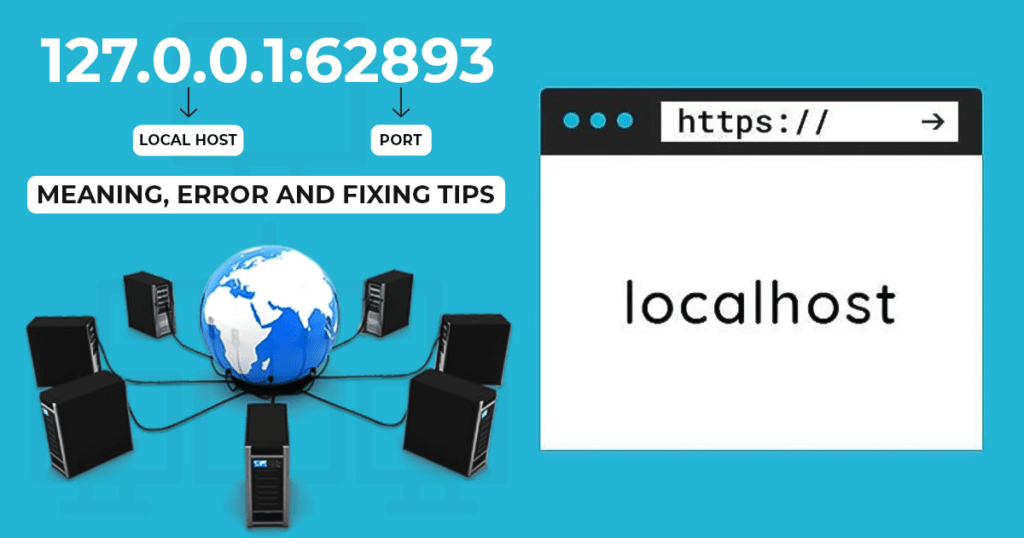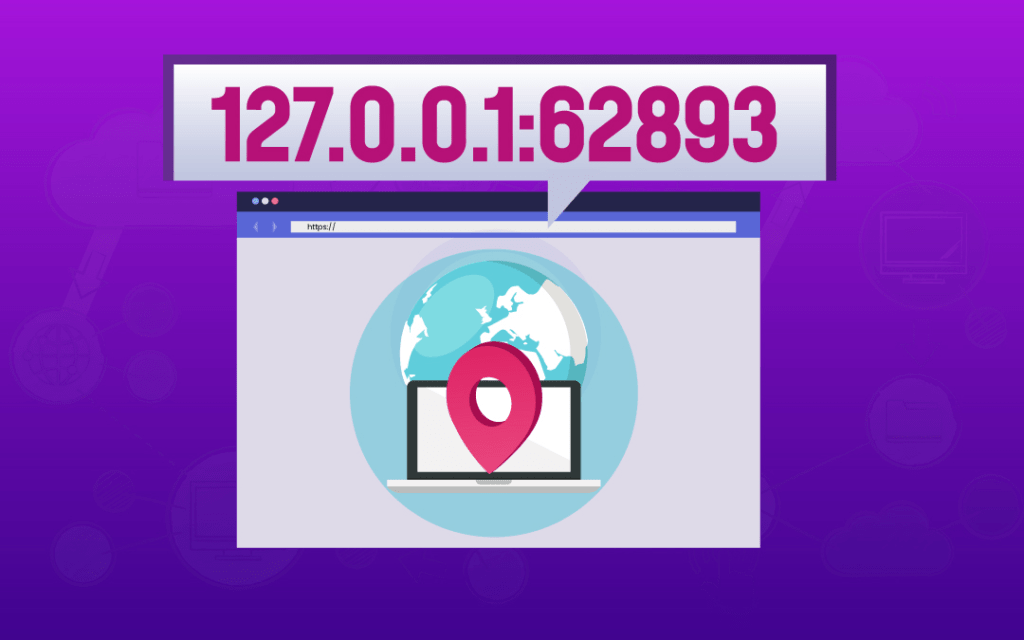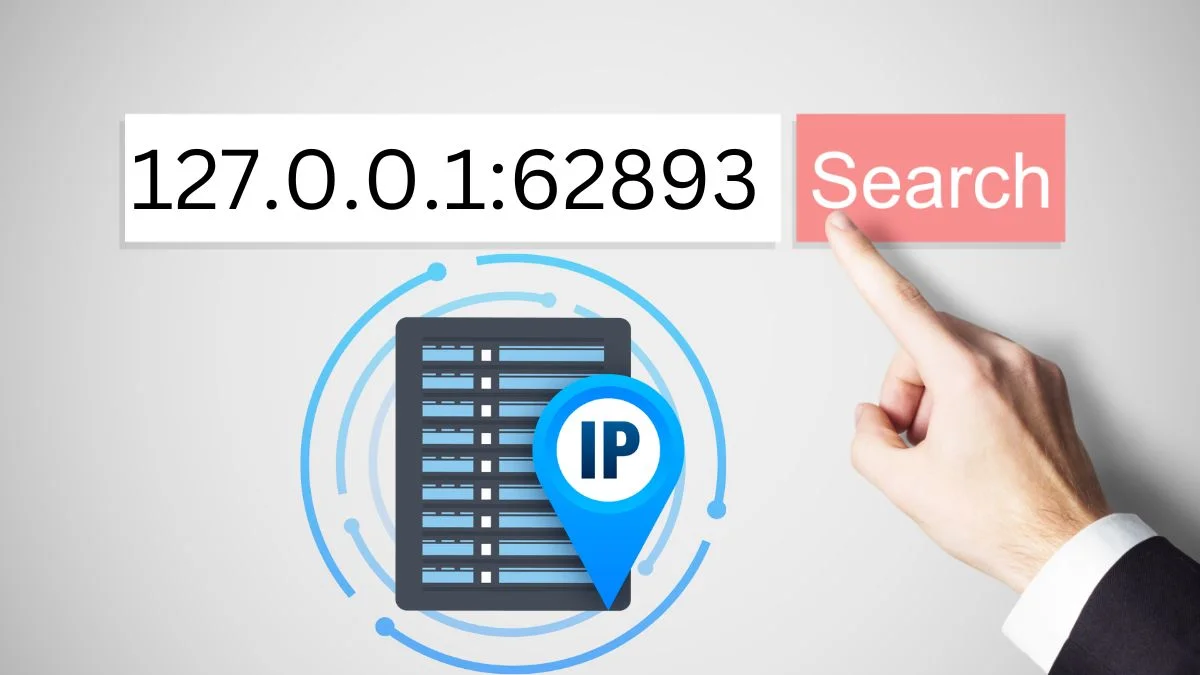The Mestry Behind of these 127.0.0.1:62893: A Complete Guide
In the world of networking and computer science, IP addresses and ports play a crucial role in facilitating communication between devices. Among the myriad of IP addresses and ports used globally, the combination of 127.0.0.1:62893 often appears in various technical contexts. This article aims to demystify this specific IP address and port combination, explaining its significance, typical use cases, and potential issues that may arise.
Understanding IP Addresses and Ports
Before delving into the specifics of 127.0.0.1:62893, it’s essential to grasp the basics of IP addresses and ports.
1. IP Address: An IP (Internet Protocol) address is a unique string of numbers separated by periods (IPv4) or colons (IPv6) that identifies a device on a network. The IP address 127.0.0.1:62893 is known as the loopback address. This special address is used to refer to the local machine—the device that is currently using it. Essentially, 127.0.0.1:62893 is the machine’s way of addressing itself.

2. Port Number: A port number is a numerical identifier in networking used to differentiate between different services or applications running on the same device. Ports are typically divided into three ranges:
- Well-Known Ports (0-1023): Used by system or well-known services (e.g., HTTP on port 80).
- Registered Ports (1024-49151): Used by user processes or applications.
- Dynamic/Private Ports (49152-65535): Often used for ephemeral or temporary connections.
Decoding 127.0.0.1:62893
**1. Loopback Address: The IP address 127.0.0.1:62893 is universally recognized as the loopback address. This means any request sent to this address will be routed back to the same device. This is primarily used for testing and network troubleshooting on a local machine.
**2. Port Number 62893: The port number 62893 falls within the dynamic or private port range. These ports are not associated with any specific service or protocol and are often used for temporary connections or private applications.
Common Use Cases for 127.0.0.1:62893
**1. Local Development and Testing: One of the most common scenarios for using 127.0.0.1:62893 is during local development and testing. Developers often use the loopback address to run and test applications on their own machines. The port number 62893 could be assigned dynamically by a development tool or framework to handle specific application traffic during testing.

**2. Web Servers and Databases: Local web servers and databases often use the loopback address to communicate with themselves. For instance, a developer running a local instance of a web server or database might configure it to listen on 127.0.0.1:62893 and use a port like 62893 for managing connections. This setup ensures that the server or database does not listen on public interfaces and is only accessible from the local machine.
**3. Networking Software: Certain networking tools and software use dynamic ports for internal communication. Applications such as network analyzers, debugging tools, and custom software solutions might use 127.0.0.1:62893 for internal processes. The specific port number might be assigned based on availability or application requirements.
Security Considerations
When using local addresses and ports like 127.0.0.1:62893, security considerations are crucial:
**1. Exposure Risk: While 127.0.0.1:62893 is inherently secure from external access because it is only available on the local machine, the applications running on dynamic ports like 62893 can still pose a risk if not properly secured. Ensure that sensitive services are not left exposed or misconfigured, even if they are bound to the loopback address.

**2. Port Scanning: Port scanning tools might probe various ports, including dynamic ones like 62893, to identify services running on a machine. While scanning the loopback address might not yield much information, it is essential to monitor and manage any open ports and ensure they are used correctly.
**3. Firewall Configuration: For added security, configure your firewall to restrict access to unnecessary ports and services, even when bound to 127.0.0.1:62893. While this is less of a concern for local testing, it is good practice for maintaining overall system security.
Troubleshooting Issues
**1. Port Conflicts: If you encounter issues with applications binding to 127.0.0.1:62893, there might be a port conflict. This can happen if another process is already using the same port. Use tools like netstat or lsof to identify which processes are using specific ports and adjust your configuration accordingly.
**2. Application Errors: Applications using 127.0.0.1:62893 may produce errors if the port is not properly configured or if the application is misbehaving. Check application logs and configuration files to ensure that the correct port is specified and that the application is functioning as expected.
**3. Connectivity Issues: If an application fails to connect 127.0.0.1:62893, ensure that the application is correctly configured to use the loopback address and the correct port number. Verify that there are no firewall rules or security settings preventing local connections.
Conclusion
The combination of 127.0.0.1:62893 serves as a common configuration for local testing, development, and various internal applications. Understanding the role of the loopback address and dynamic port numbers helps in effectively utilizing these resources for local networking and application development.
While 127.0.0.1:62893 ensures that connections remain local to the device, the dynamic port 62893 allows flexibility in managing various services or applications. Being aware of potential security considerations, troubleshooting methods, and best practices ensures that you make the most of this configuration without compromising system integrity.
Whether you’re a developer setting up a local development environment or troubleshooting network configurations, understanding the significance of 127.0.0.1:62893 provides valuable insight into the inner workings of local networking and application management.






